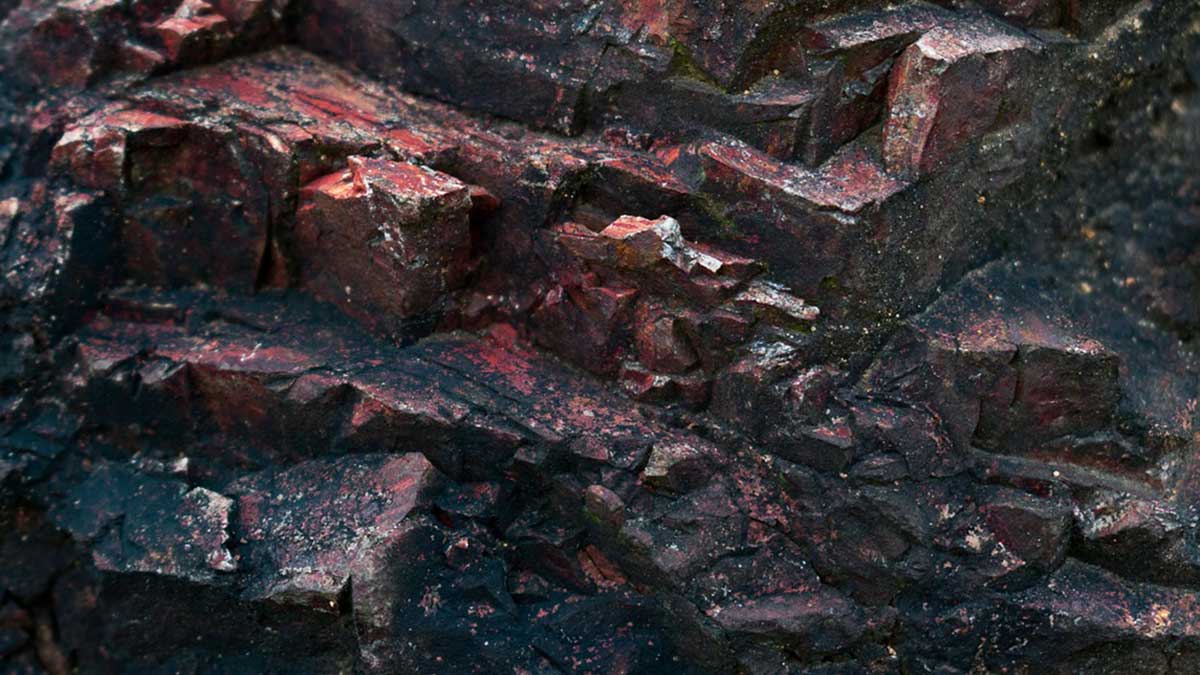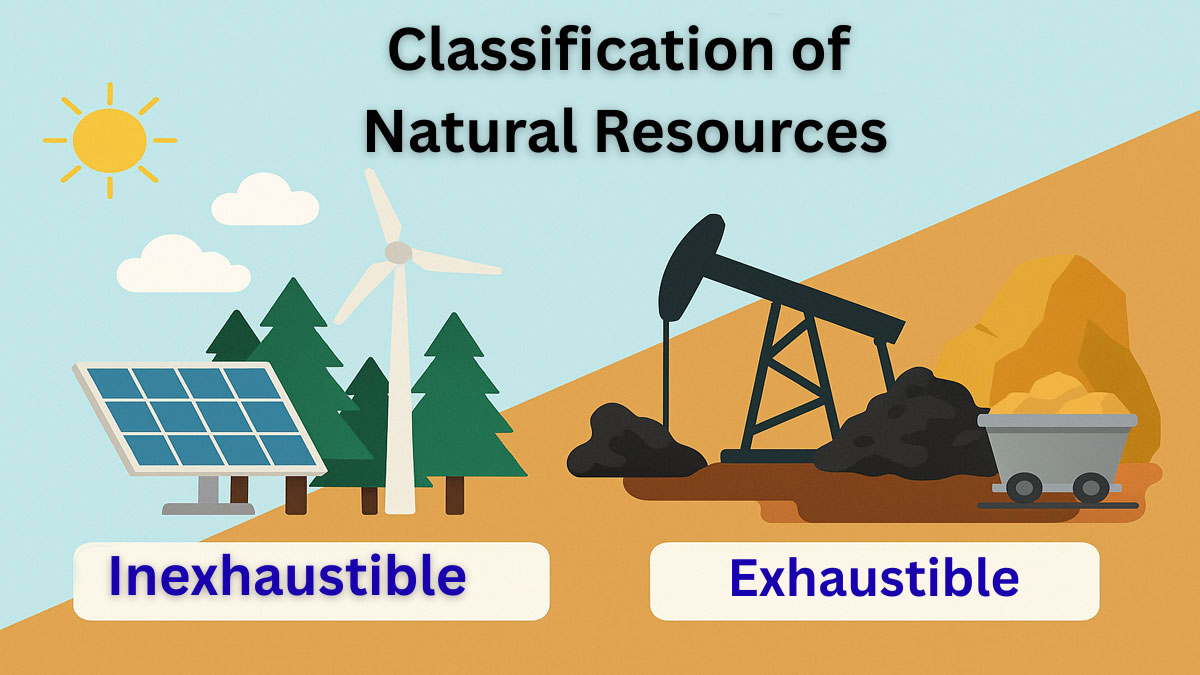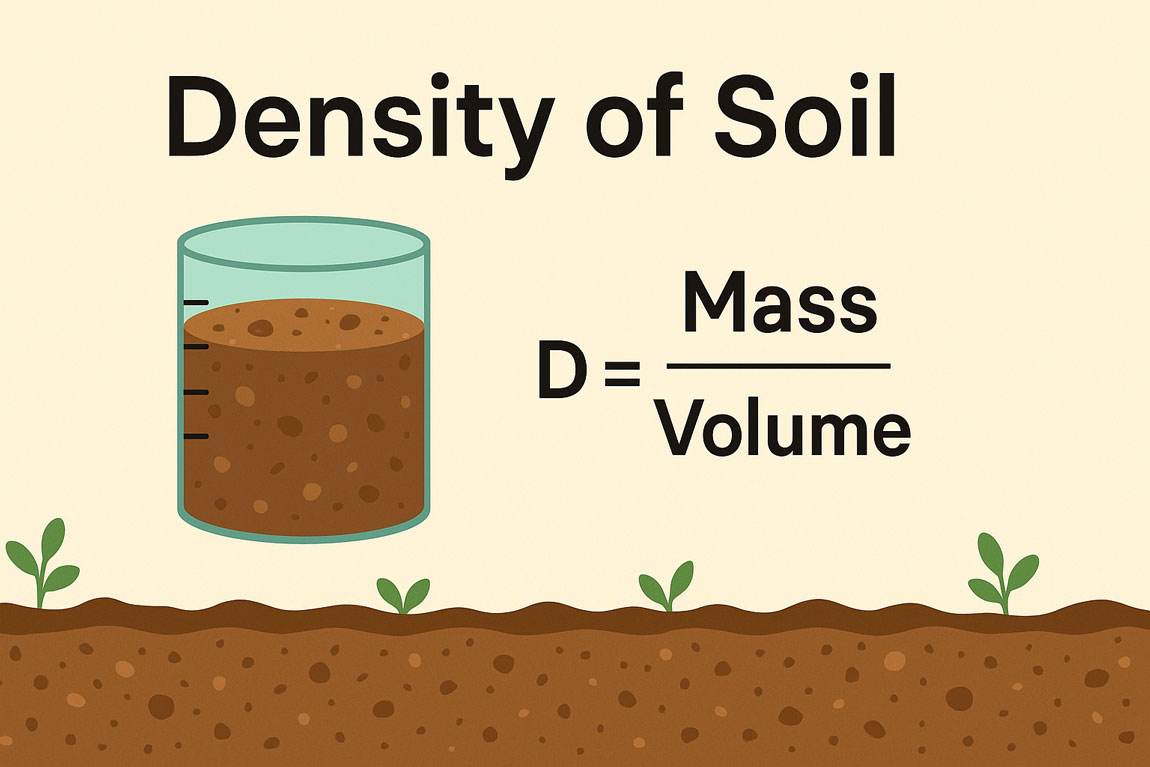Ore is a naturally occurring sediment or rock deposit that contains one or two or more number of economically valuable minerals. E.g. Hematite, Magnetite, Basalt etc.
The ore needs to find first, then extracted from the earth through mining. The concentration of the target materials in ore defines its grade.
What is the economic mineral deposit?
An economically important accumulation of minerals within a host rock is an economic mineral deposit.
It is an aggregate of single or several valuable minerals. Generally, use in various industries for the material need of humankind. Two types of economic mineral deposits can happen as follows.
- Metallic mineral deposit
- Non-metallic mineral deposit
Metallic mineral deposit
A metallic mineral deposit is an aggregate of metals that extract from one or more metals. Such as chalcopyrite, hematite, magnetite. More than 40 metals are extracted commercially from metallic ore minerals. E.g., Al, Fe, Cu, Ag, Au, Pb, Va, Ti, Zn, etc.
Fe (metal) extract from hematite and magnetite is one of the most common extraction.
Progress of modern civilization makes a huge demand for steel. Such as making cars, artificial structures, building construction, and so on daily uses. There have some ferroalloy metals that improve the hardness of steel (Mn, Cr, Mo, W, Va, Co, and Ti).
Non-metallic mineral deposit
A non-metallic mineral deposit is any useful mineral or rock that is not used to extract metal but is widely used for many other important purposes. The various uses of non-metallic mineral resources are as follows:
- For industrial uses ( asbestos, mica, talc, barite, glass, sand, etc.)
- For construction buildings, bridges, ports, roads, etc. (granite, marble, limestone, sandstone, gravels, sands, etc.)
- For abrasive purposes (diamond, corundum, sandstone, quartzite)
- For irrigation and drinking purpose (water)
- For the manufacture of fertilizer(potash, nitrate)
- For energy resources (coal, natural gas, and crude oil)
- For refractory minerals to withstand high temperatures. (fluorspar, cryolite, graphite, diaspore)
A list of Common Ore Mineral, Composition and Metal Percentage
| Metal | Ore Mineral | Composition | Metal Percentage |
| Gold | Native gold | Au | 100 |
| Calaverite | AuTe2 | 39 | |
| Sylvanite | (Au,Ag)Te2 | .. | |
| Silver | Native sliver | Ag | 100 |
| Argentite | Ag2S | 87 | |
| Cerargyrite | AgCl | 75 | |
| Iron | Magnetite | FeO.Fe2O3 | 72 |
| Hematite | Fe2O3 | 70 | |
| Limonite | Fe2O3.H2O | 60 | |
| Siderite | FeCO3 | 48 | |
| Copper | Native copper | Cu | 100 |
| Bornite | Cu5FeS4 | 63 | |
| Brochantite | CuSO4.3Cu(OH)2 | 62 | |
| Chalcocite | Cu2S | 80 | |
| Chalcopyrite | CuFeS2 | 34 | |
| Covellite | CuS | 66 | |
| Cuprite | Cu2O | 89 | |
| Enargite | 3Cu2S.As2S5 | 48 | |
| Malachite | CuSiO3.Cu(OH)2 | 57 | |
| Azurite | 2CuSiO3.Cu(OH)2 | 55 | |
| Chrysocolla | CuSiO3.2H2O | 36 | |
| Lead | Galena | PbS | 86 |
| Cerussite | PbCO3 | 77 | |
| Anglesite | PbSO4 | 68 | |
| Zinc | Sphalerite | ZnS | 67 |
| Smithsonite | ZnCO3 | 52 | |
| Hemimorphite | H2ZnSiO5 | 52 | |
| Zincite | ZnO | 80 | |
| Tin | Cassiterite | SnO2 | 78 |
| Stannite | Cu2S.FeS.SnS2 | 27 | |
| Nickel | Pentlandite | (Fe, Ni)S | 22 |
| Garnierite | H2(Ni, Mg)SiO3.H20 | .. | |
| Chromium | Chromite | FeO.Cr2O3 | 68 |
| Manganese | Pyrolusite | MnO2 | 63 |
| Psilomelane | Mn2O3.xH2O | 45 | |
| Braunite | 3Mn2O3.MnSiO3 | 69 | |
| Manganite | Mn2O3.2H2O | 62 | |
| Aluminum | Bauxite | Al2O3.2H2O | 39 |
| Antimony | Stibnite | Sb2S3 | 71 |
| Bismuth | Bismuthinite | Bi2S3 | 81 |
| Cobalt | Smaltite | CoAs2 | 28 |
| Cobaltite | CoAsS | 35 | |
| Mercury | Cinnabar | HgS | 86 |
| Molybdenum | Molybdenite | MoS2 | 60 |
| Wulfenite | PbMoO4 | 39 | |
| Tungsten | Wolframite | (Fe, Mn)WO4 | 76 |
| Huebnerite | MnWO4 | 76 | |
| Scheelite | CaWO4 | 80 |






